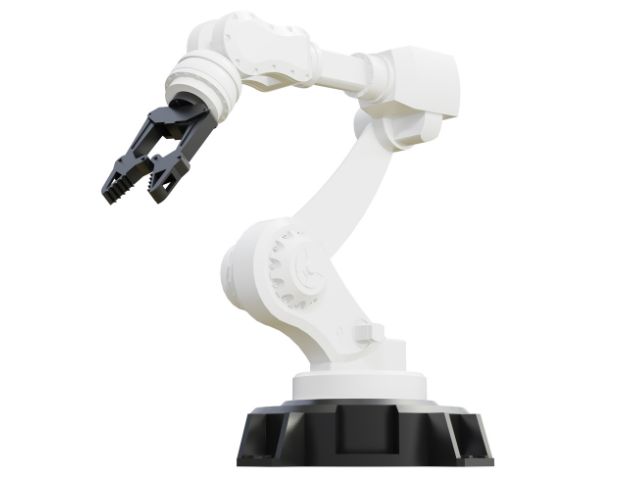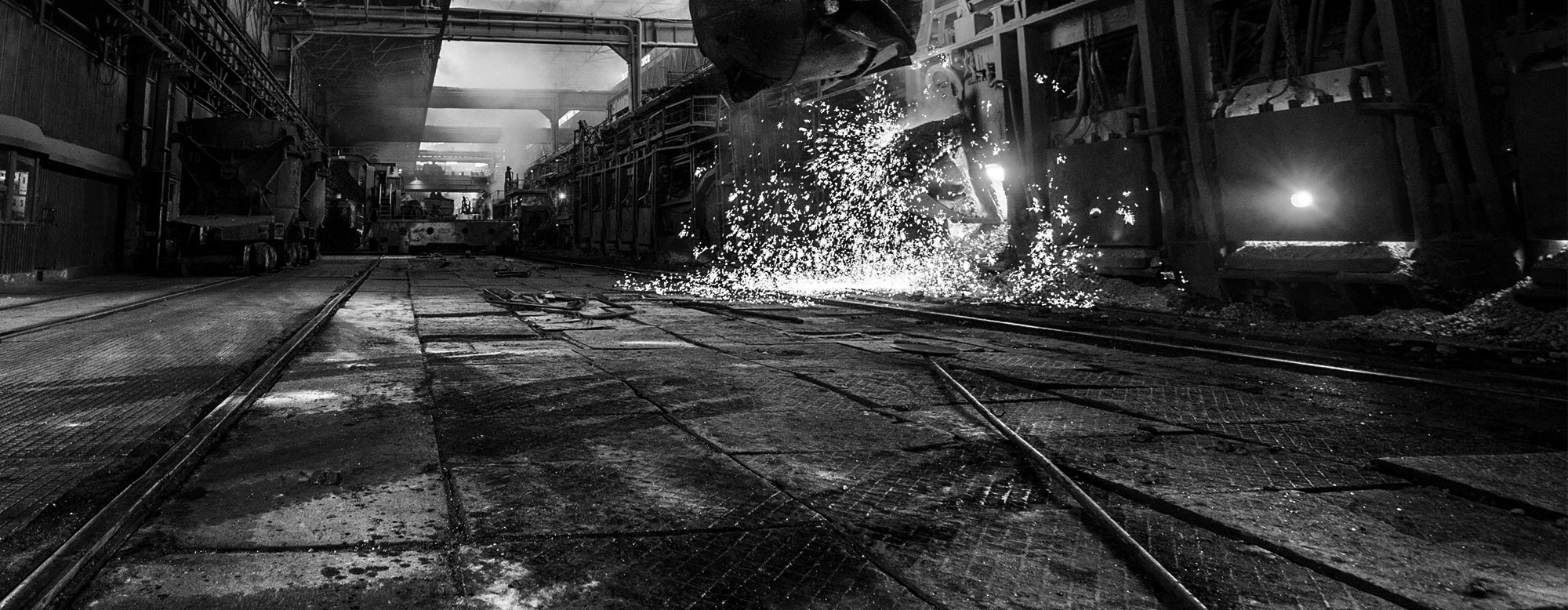A Brief History of Robotic Force Torque Sensors

Robotic force torque sensors enable machines to measure and apply forces during operations. Their development over the years has contributed to the advancement of technology in various industries. Read on for a brief history of robotic force-torque sensors.
The Beginnings
The concept of robotic force torque sensors originated in the 1960s, when Joseph Engelberger developed the first robots for industrial applications. Initially, these robots performed simple tasks without much need for sensitivity or precision in force application. However, as the demand for more sophisticated machines grew, the need for sensors that could detect and measure forces became apparent. This led to the early development of force torque sensors, which were rudimentary by today’s standards but laid the groundwork for future advancements.
The 1980s and 1990s: Technological Advancements
The 1980s and 1990s saw significant technological advancements in force-torque sensors. During this period, researchers and engineers made substantial progress in improving their accuracy, reliability, and durability. The introduction of strain gauge technology was a game-changer, allowing sensors to detect minute changes in force with great precision. These improvements enabled robots to handle more delicate tasks, such as assembling electronic components requiring precise force control.
The 2000s: Integration With Digital Technology
The turn of the millennium and the integration of digital technology marked a new era for robotic force torque sensors. Thanks to advances in microelectronics and software algorithms, sensors are smaller, smarter, and more energy efficient. This period also saw the development of wireless sensors that could self-calibrate, further enhancing their versatility and ease of use. Digital technology allowed for real-time data processing and opened new possibilities for adaptive and intelligent robotic systems.
Modern Day: Sophistication and Versatility
Today, robotic force torque sensors are incredibly sophisticated and versatile. We use them in various applications, from surgical robots to automated assembly lines. They can measure force and torque in six degrees of freedom, providing detailed feedback that allows robots to perform complex tasks with human-like dexterity. Modern sensors are quite durable and can operate in harsh environments, making them indispensable in the aerospace, automotive, and manufacturing industries.
After learning the brief history of robotic force torque sensors, it’s clear that their development is integral to the progress of robotics and automation technology. As we look to the future, integrating these sensors with cutting-edge industrial automation services promises to unlock new levels of efficiency, precision, and innovation in various industries.
